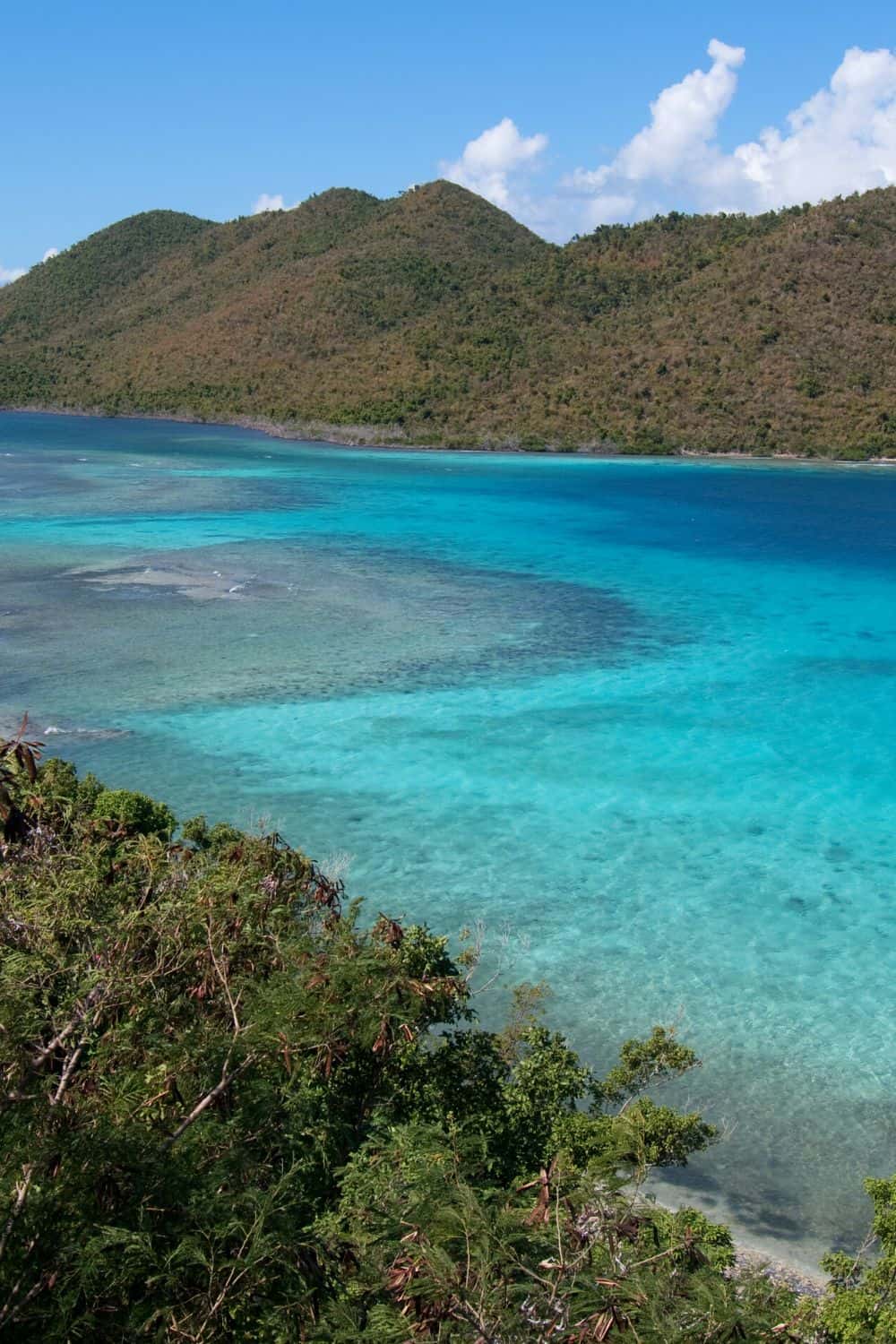
Virgin Islands National Park is a stunning natural gem located in the Caribbean Sea, encompassing over 12,000 acres of land and sea. The park is home to a variety of unique ecosystems, including coral reefs, tropical forests, and pristine beaches, making it a popular destination for outdoor enthusiasts and beach lovers alike.
The park features over 20 miles of hiking trails, ranging from easy walks to challenging hikes that lead to stunning views of the Caribbean Sea. The Reef Bay Trail is one of the most popular hikes in the park, winding through a lush tropical forest and past ancient petroglyphs and ruins. The park also offers a variety of water-based activities, including snorkeling, diving, and kayaking, providing visitors with an up-close look at the park’s stunning coral reefs and marine life.
Virgin Islands National Park is also home to a variety of rare and endangered species, including the Virgin Islands boa and the Saint Croix ground lizard. Visitors are encouraged to practice responsible tourism and to respect the park’s wildlife and natural beauty.
The park is also home to several historic landmarks, including the Annaberg Sugar Plantation, a former sugar cane plantation that operated from the 1700s to the 1800s. The plantation offers visitors a glimpse into the history and culture of the Virgin Islands, with well-preserved ruins and artifacts on display.
In addition to its natural beauty and historic landmarks, Virgin Islands National Park also offers visitors the chance to relax and unwind on some of the most beautiful beaches in the Caribbean. The park’s beaches, including Trunk Bay, Cinnamon Bay, and Maho Bay, offer pristine white sand, crystal-clear water, and breathtaking views of the surrounding landscape.
Visitors to Virgin Islands National Park are encouraged to practice responsible tourism and to respect the park’s fragile ecosystems and wildlife. The park has implemented a variety of measures to protect its natural beauty, including limiting the use of motorized boats and encouraging visitors to use environmentally-friendly sunscreen.
Virgin Islands National Park is a stunning and unique destination that offers a variety of outdoor activities, historic landmarks, and breathtaking beaches. With its diverse ecosystems, rare and endangered species, and rich history and culture, the park is a must-visit destination for anyone looking to experience the natural beauty and cultural heritage of the Caribbean.
Here are 10 tips for visiting Virgin Islands National Park:
- Know the Weather: The weather in the Virgin Islands can be unpredictable, with occasional rain and high humidity. Be sure to check the forecast before heading out and pack accordingly, including sunscreen and a hat.
- Book Early: The park is a popular destination, especially during peak season, so it’s essential to book your accommodations well in advance. The park has several campsites, as well as guesthouses and villas on nearby islands.
- Snorkeling and Diving: The crystal-clear waters of the Virgin Islands are perfect for snorkeling and diving. Be sure to bring your own gear or rent it from a local vendor, and follow all safety guidelines.
- Respect the Wildlife: The park is home to a wide variety of wildlife, including sea turtles, iguanas, and numerous species of birds. Visitors should respect their natural habitats and keep a safe distance.
- Hiking Trails: The park offers several hiking trails of varying lengths and difficulties, including some that lead to secluded beaches and historic ruins. Be sure to wear comfortable shoes and bring plenty of water.
- Beach Safety: The park’s beaches are beautiful, but they can also be dangerous. Be sure to follow all safety guidelines, including swimming only in designated areas and avoiding rip currents.
- Explore the Ruins: Virgin Islands National Park is home to several historic ruins, including sugar plantations and rum factories. Be sure to take the time to explore these fascinating structures and learn about the island’s rich history.
- Support Local Businesses: The Virgin Islands economy relies heavily on tourism, and visitors are encouraged to support local businesses, including restaurants, shops, and tour operators.
- Respect the Environment: The park’s fragile ecosystem is vulnerable to human impact, so visitors should be sure to follow all environmental guidelines. Do not disturb natural habitats or leave any trash behind.
- Learn About Local Culture: The Virgin Islands have a rich cultural history, and visitors should take the time to learn about local traditions and customs. Attend a cultural festival, visit a museum, or explore historic sites to gain a deeper understanding of the island’s past.
Related posts:
Virgin Islands National Park is a stunningly beautiful national park located on the island of St. John in the U.S. Virgin Islands. The park encompasses over 7,000 acres of land and almost 5,000 acres of underwater territory, making it...
Virgin Islands National Park, located in the United States Virgin Islands, is a beautiful and popular destination for those looking for a tropical getaway. The park covers over 7,000 acres and includes a variety of ecosystems, including bea...
Virgin Islands National Park captures most of St. John's, one of the US Virgin Islands. Most of its beaches are backed by gentle coral reefs. They include Trunk Bay Beach, which is home to sea life, and Francis Bay Beach, whose tranquil waters are id...